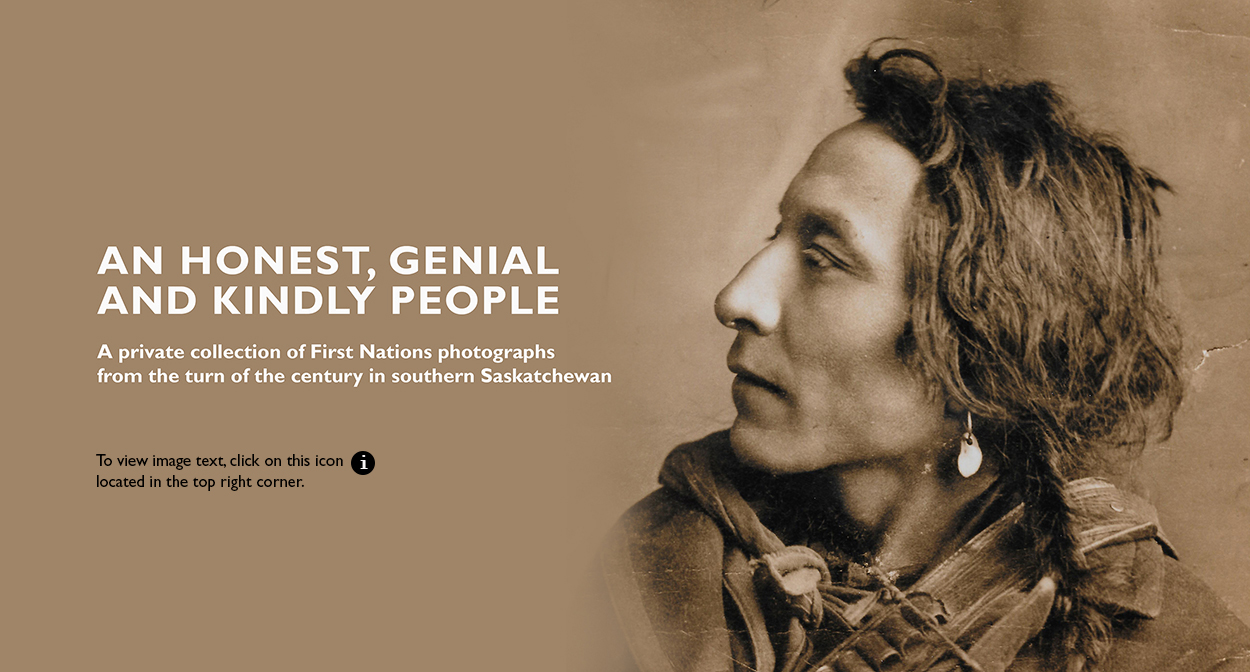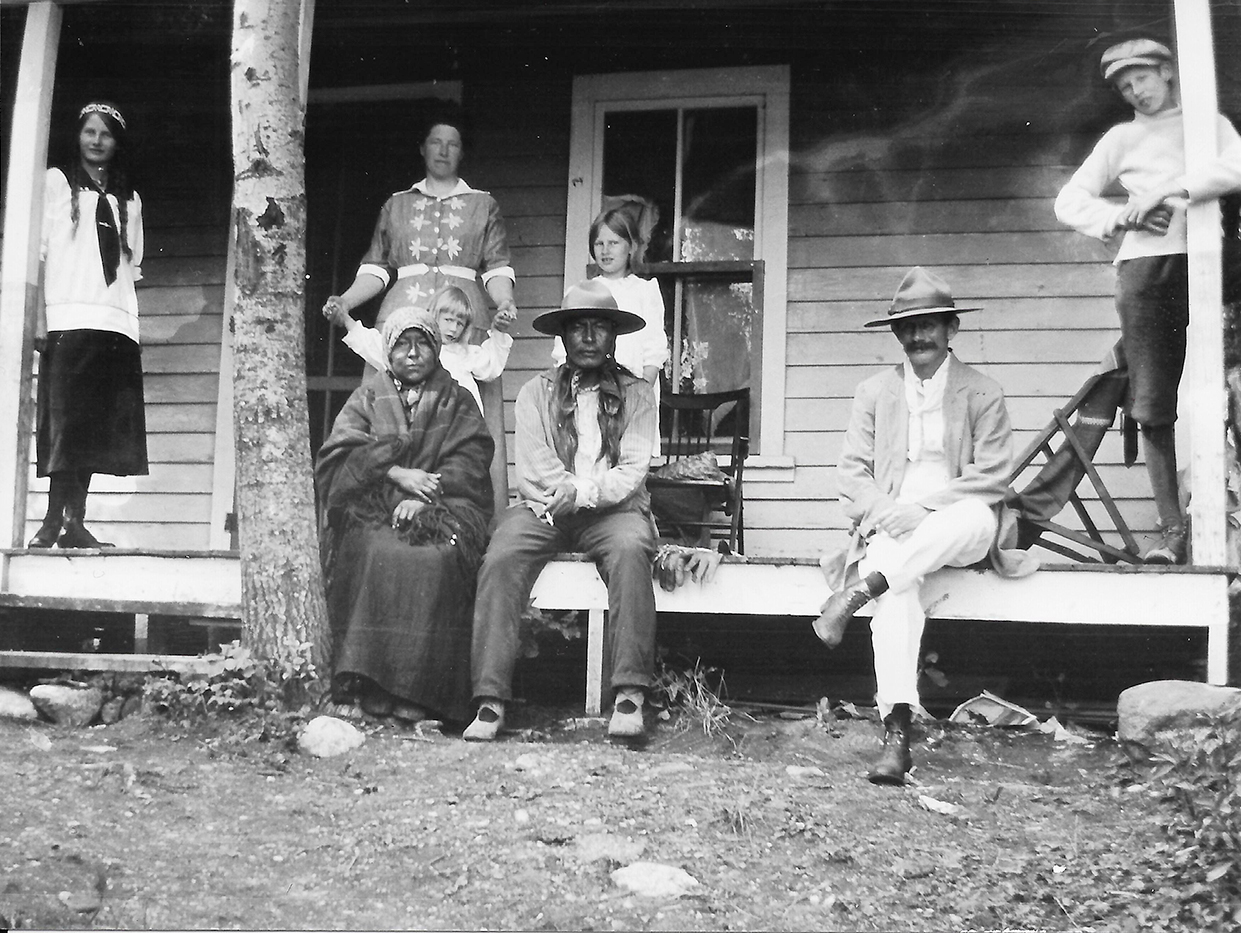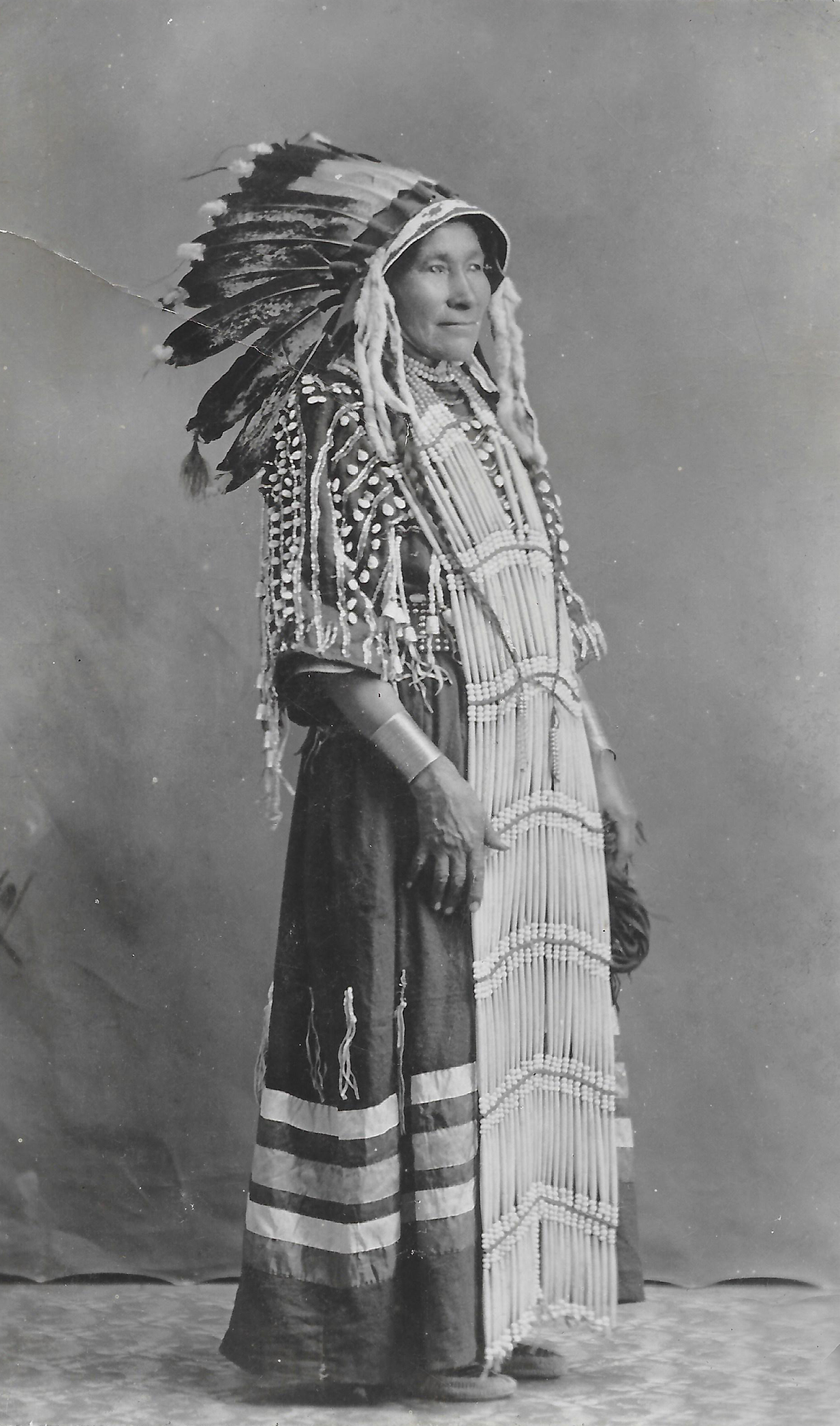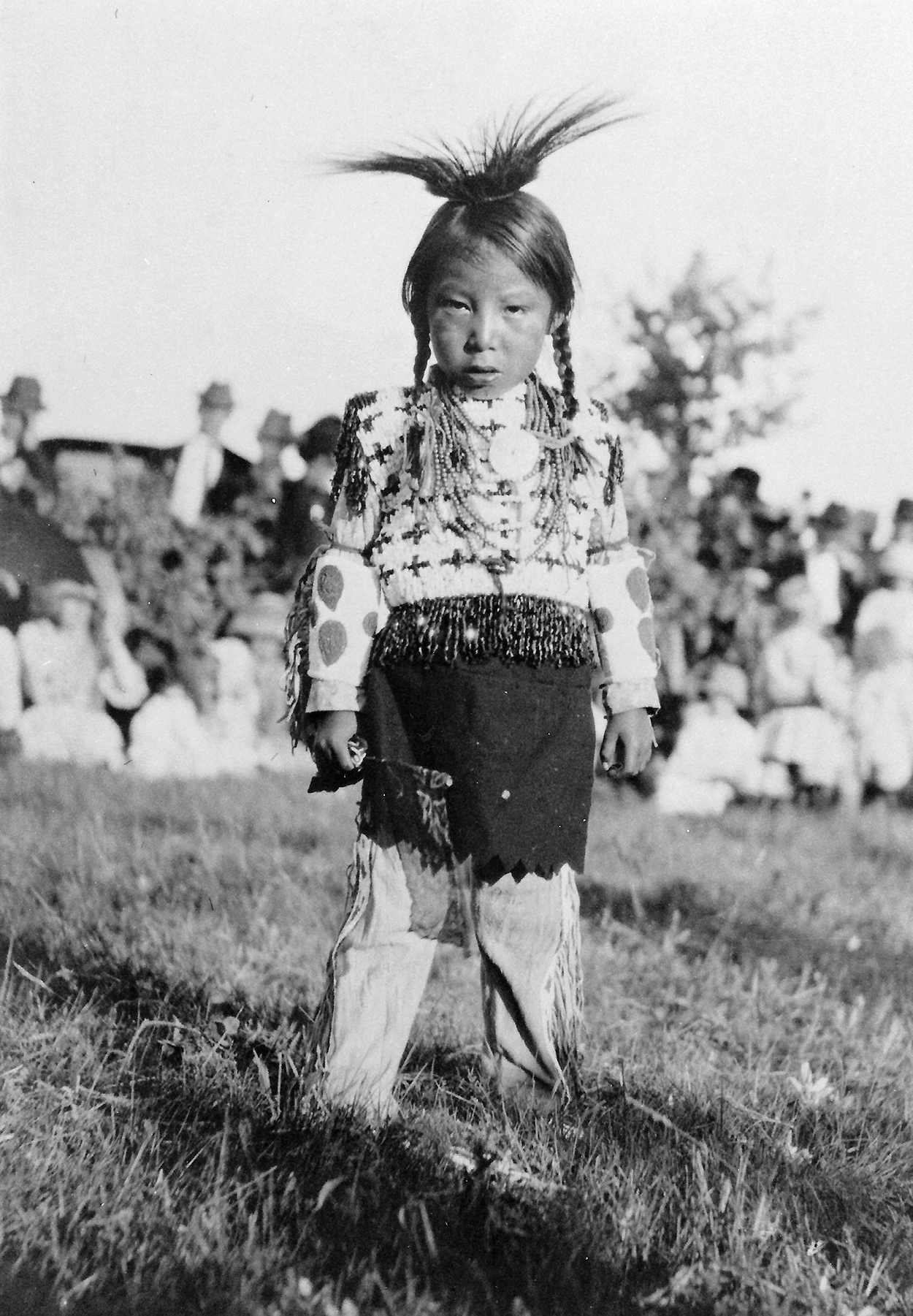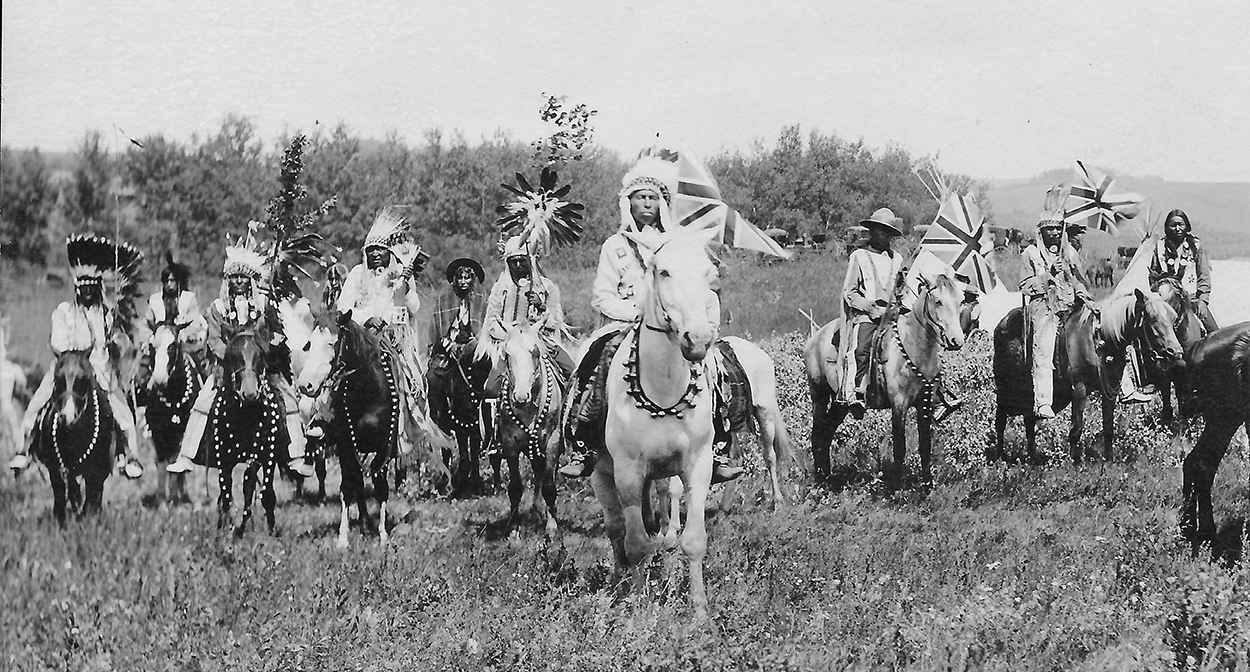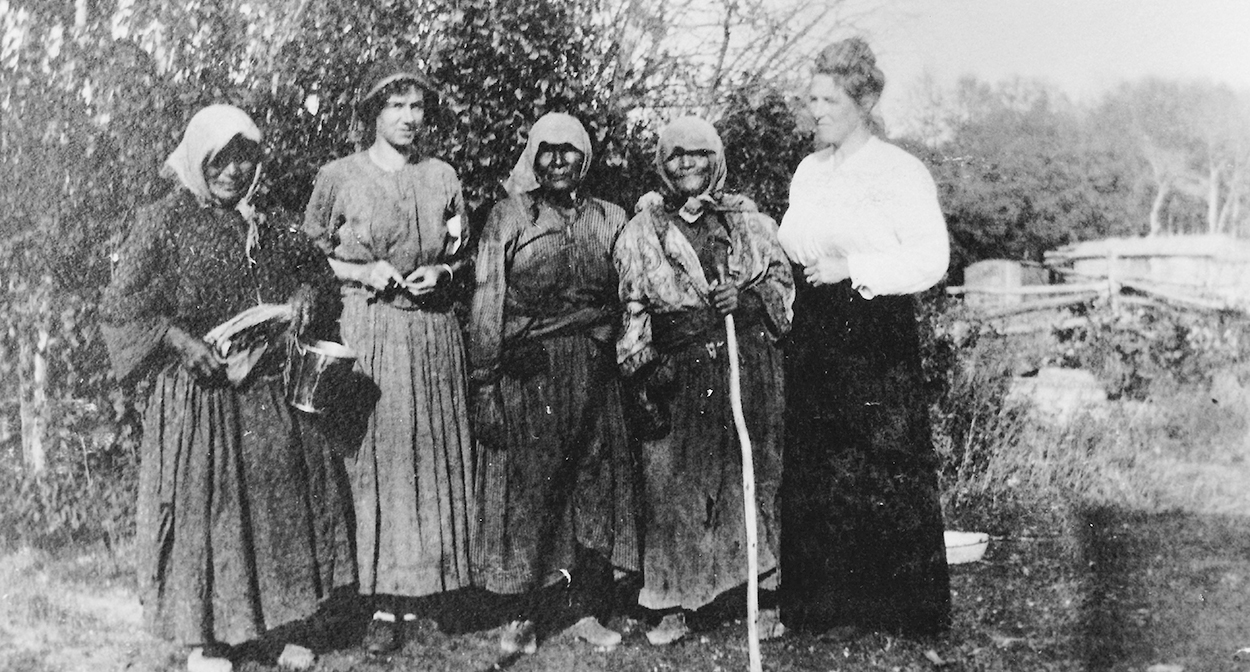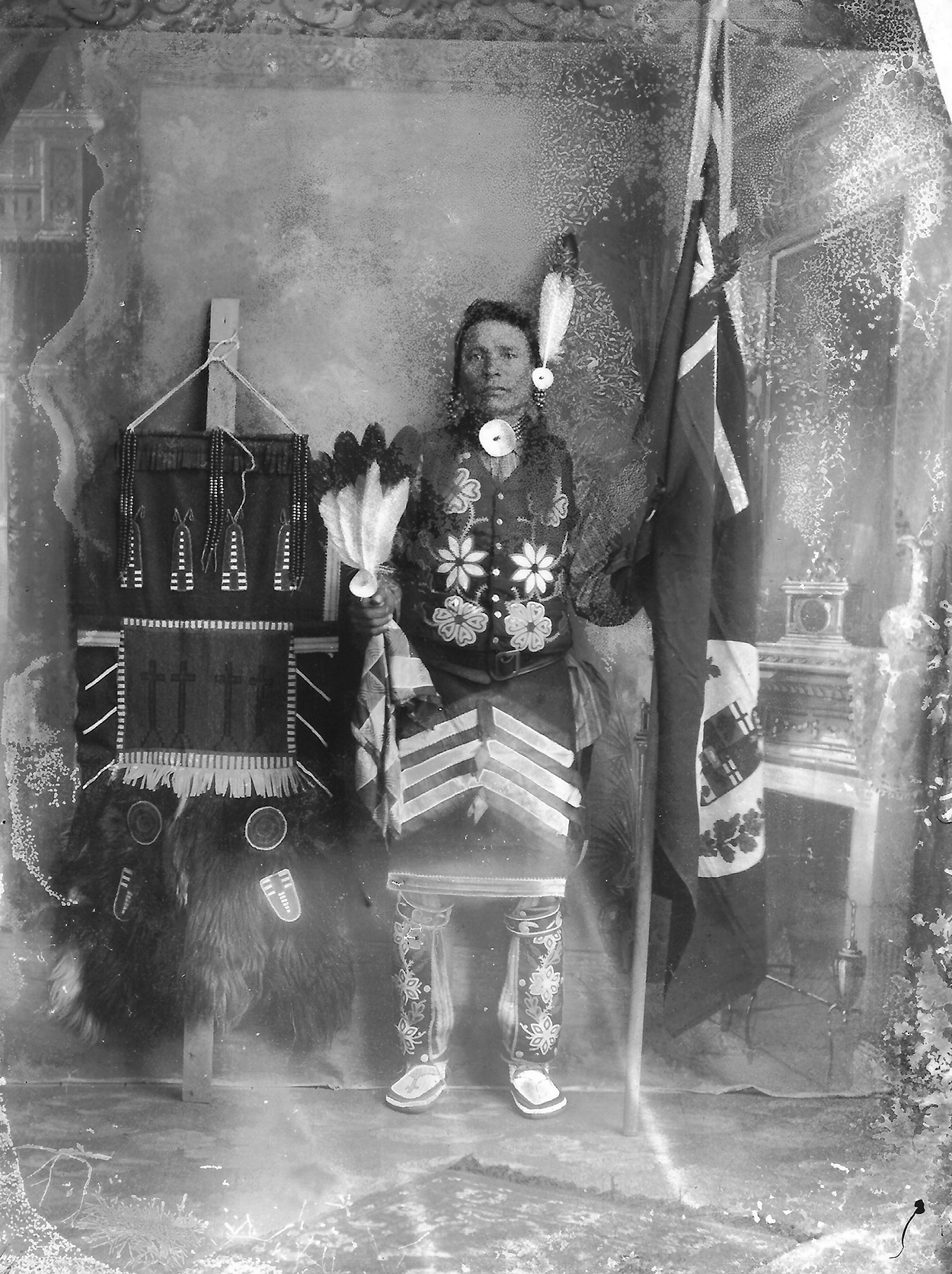An Honest, Genial and Kindly People
“An honest, genial and kindly people.” These are the words that Cecil Le Mesurier, an early settler in Southeast Saskatchewan, used to describe the Indigenous people he was interacting with in this area. Within this book you will find a collection of historic photographs from the turn of the century, displaying stunning images of the First Nations people that Le Mesurier describes.
Adrian K. Paton, curator of the South Saskatchewan Photo Museum, has been collecting photos for decades. In his book, Adrian showcases many of the historical images of Indigenous people that he has compiled over the years. Weaving the oral and the visual history together, he recounts stories told to him by his Indigenous friends and connects them to the photos chosen for this book.
